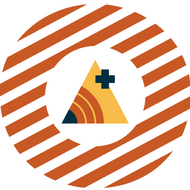
(View Complete Item Description)
Serious Games have become popular in recent years and are being used in an increasing range of contexts, including education, business, design, corporate training, healthcare, the military, management, public services, and others. A Serious Game is defined as any game that is used for purposes other than entertainment, i.e. for a serious purpose (hence the terminology). This book describes the motivation, design, and development of Serious Games for use in face-to-face, low-resource contexts. Based on experiences from various field sites, it is shown how and why the games work in order to facilitate co-creative processes with groups of participants. The effects on group communication and on creating a non-threatening, egalitarian environment are discussed. While originally designed for cross-sectoral work with deaf communities in India, the games have also been transferred to other contexts. Several case studies demonstrate how games can be embedded in complex sequences of activities, and the book ends with future perspectives on the development of Serious Games. The book includes an appendix with detailed instructions for all games, which practitioners will find useful. Licensed under an OAPEN Deposit Licence (https://www.oapen.org/article/rights).
Material Type:
Reading
Author:
Zeshan Ulrike



















